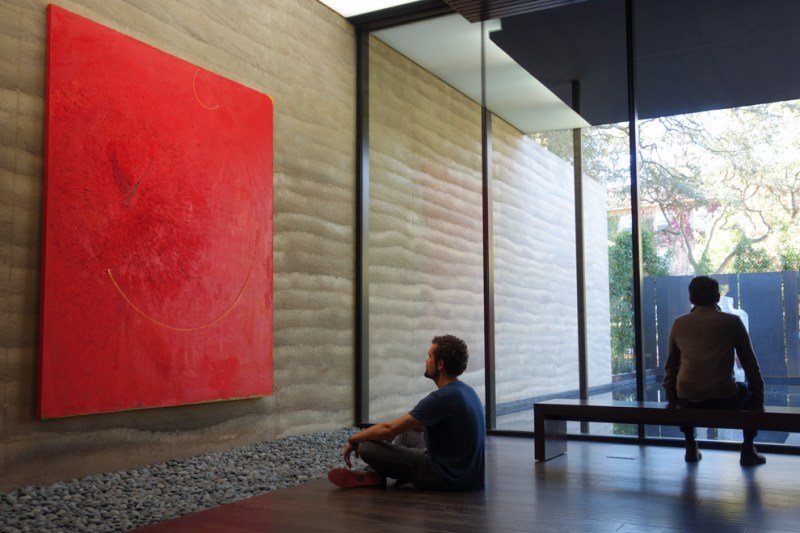As with many other classes, wellness courses, centered around a sense of community between students and teachers, have been forced to restructure their interactions amid the transition to online learning.
Like d. school, art studio and lab classes, wellness courses typically rely on in-person interactions. But teachers and students agree that the classes provide a source of relief and community, even with the online format.
“The space was comfortable every week, everyone was genuine and vulnerable, especially in the Zoom environment,” said Nora Mousa ’24, who took WELLNESS 105: “Meeting the Moment: Inner Resources for Hard Times” with lecturer Andrew Todhunter in fall quarter. (Mousa has also written for The Daily’s Grind section.) “Though it is hard to say what the experience would have been like in real life, I found myself constantly surprised by how pleasant my experience was despite Zoom.”
Amid the pandemic, wellness classes like Todhunter’s may be more necessary than ever. The lengthy period of uncertainty has put a strain on the Stanford community’s mental health and is causing “low-level trauma at best,” according to Sarah Meyer Tapia, associate director of Stanford’s wellness program.
“For students and teachers, uncertainty is a tough space to live in, and we have all had to live in it for a long time,” Meyer Tapia said. “We have been living in low-level trauma for a long time, and we’ve gotten habituated since March.”
To promote mental health, wellness courses teach students about helpful skills pertaining to the self and relationships with other people, such as learning self-compassion and balance in connections. However, these efforts are sometimes made somewhat more difficult by the lack of physical presence among students and teachers.
Because Todhunter’s class is very “practice-oriented” and “open,” he said, it relies heavily on a connection between the instructors and students. He believes online classes have made creating that connection much harder. “Throughout the whole quarter we never get to sit in the same room, never see eye to eye,” he said.
Despite these challenges, Meyer Tapia said that the online format of wellness classes has certain benefits as well. For example, she said, Zoom increases accessibility by making it easier for students to get to class or office hours.
“[The] Zoom format allows for [teachers] to hear from many students at one time, through the chat function, and more students feel comfortable sharing their experiences because they are in the comfort of their own home,” she added.
Todhunter also said that there were positive effects of online learning for his class.
“The Zoom setting is key to expression, since you hear someone’s voice and see their facial expressions. It’s surprisingly effective,” Todhunter said. “I thought we would lose a lot more with distance learning.”
In a broader sense, Todhunter said, the pandemic has also significantly changed people’s relationship with technology, repurposing it to focus on connection rather than corroding mental health. He and his students have discussed how “reflecting on what we can be grateful for does not diminish the pain and the difficulty.”
“We know the challenges, but we can also reflect on what we are grateful for,” he said. “For instance, some people have more time to sit down, more time with friends.”
For Mousa, who called Todhunter’s class a “phenomenal experience,” the class became a safe community where she forged deep relationships, despite social distancing.
“For people who are worried they won’t get what they usually get, put in the effort and put yourself out there because we all want to have close relationships,” she said.
Contact Inara Khankashi at inarakhankashi ‘at’ gmail.com.
